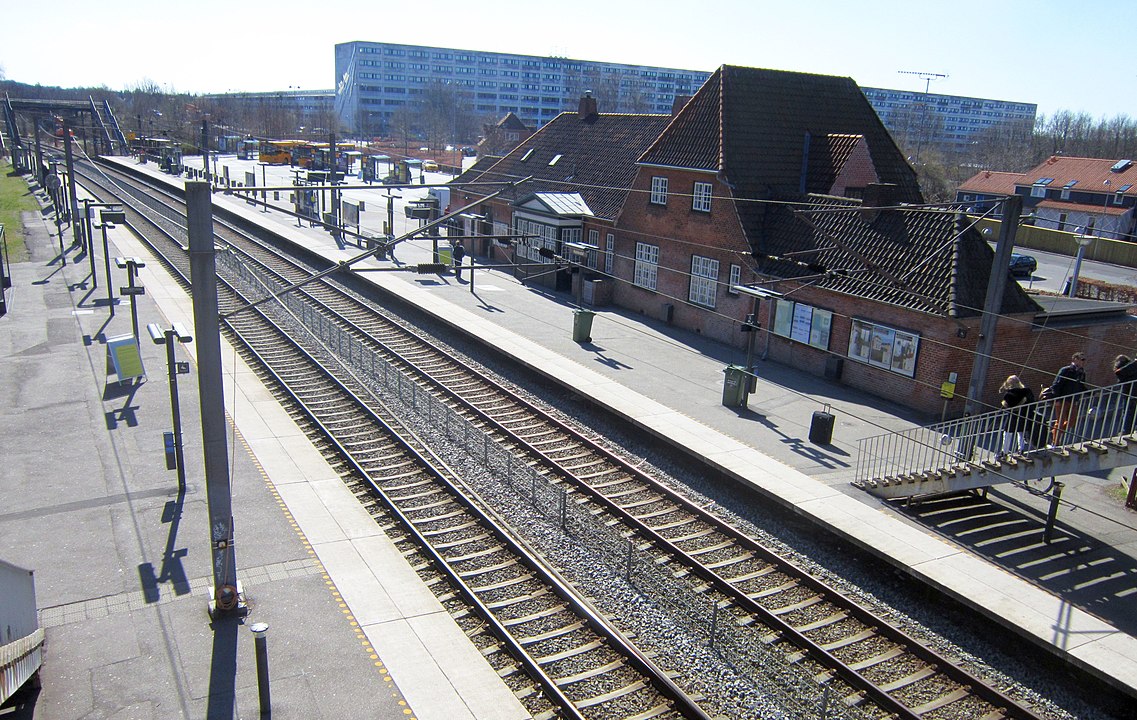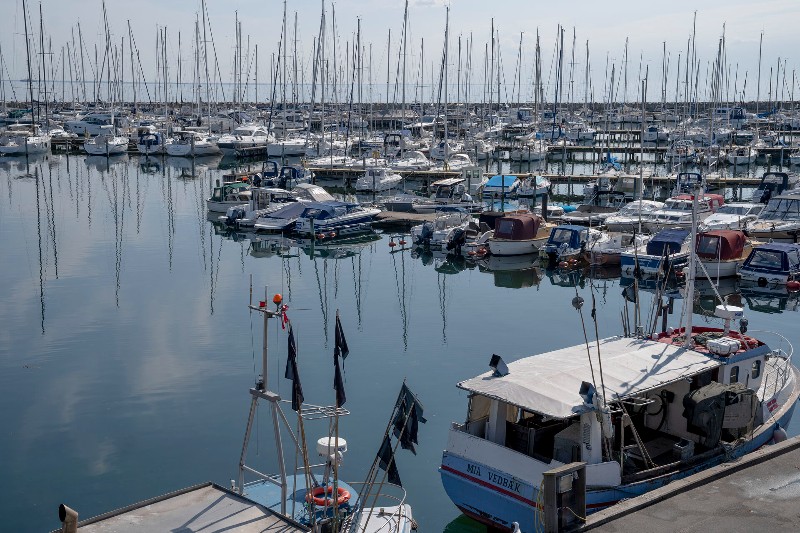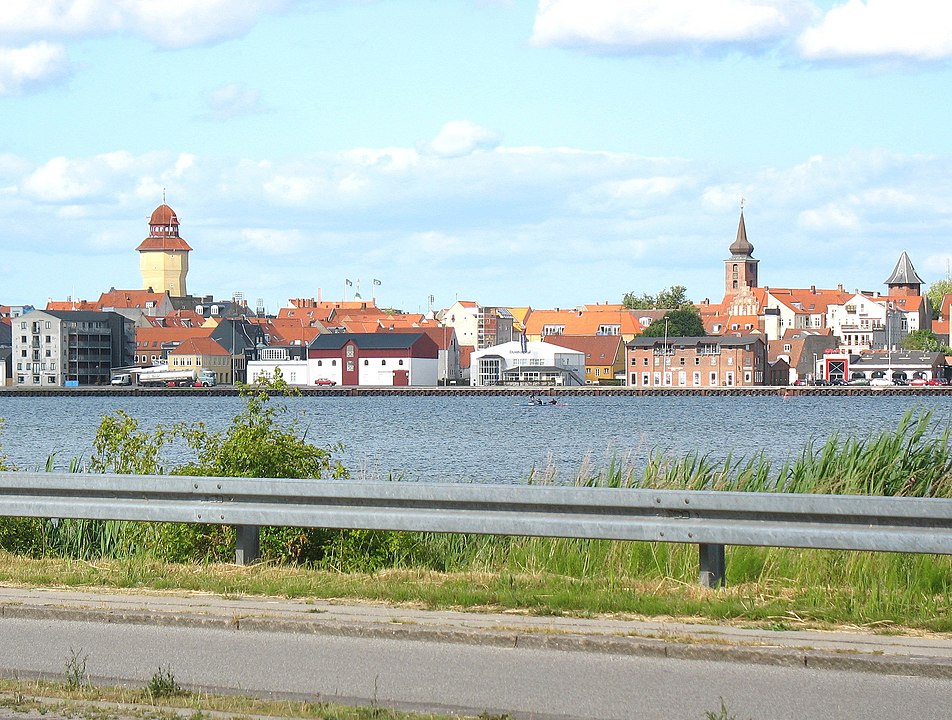Is the ‘flat’ hierarchy real?
Danish workplaces purport to be laid-back, egalitarian places. Everyone goes by their first name. The bosses eat lunch in the office canteen. But an American working at a Danish engineering company told The Local he had quickly realised that the corporate culture was not so utopian.
“The flat hierarchy is a lie: everyone has a boss,” he told The Local. “In the first few months, I was like, ‘wow, everything’s so pleasant – you know, people take long coffee breaks and things like that. And then my perception in the next few months was that everything is really very much the same [as in the US]. People work hard and try to get promoted, you know, all the time. And it’s actually surprisingly the same.”
“I would say it’s hidden. It’s not so in your face, compared to my country,” agreed a woman who works at a major Danish company. “I come from Slovakia, and there, if they want your position, people will go after you without any sort of a mercy. It’s more bloody.”
In Denmark, she said, office politics was more about “prestige and image”, and was more subtle. “So we are not going to be throwing stones under your feet. But we will get you in some other ways.”
An English HR manager said that because office politics is less overt in Denmark, it sometimes takes her by surprise.
“It’s less expected when it happens. You are caught off your guard, or more than likely only find out long afterwards,” she said.
On the other hand most respondents were agreed that Danish offices genuinely do have more collaboration and less overt competition than those in their home country.
Jantelov and Danish competition?
A French woman working at a Danish multinational said that when she got promoted early, some of her colleagues found subtle ways to question the decision.
“There was a lot of questioning regarding the fact that I was brand new, and ‘shouldn’t someone else, who was Danish, been promoted?’,” she remembered. “Everyone was still very nice about it. It was more like offhand comments, and very passive aggressive.”
She, like many other respondents to our survey, said she felt that the “Law of Jante”, the Danish version of tall poppy syndrome, under which it is discouraged to try to be better than others or promote yourself too much, was a big factor.
“I didn’t know about the Jante law before, and it seems that it is actually the case here: if you think you deserve more because of skills and competencies, it seems that you’re less liked at the office,” she said.
This, she said, was a big contrast from France, where, she said, people work hard to communicate their skills and achievements, and will also tended to complain directly to their bosses if they were not adequately rewarded.
“I think that the Danes are more reluctant to make complaints. It makes them more agreeable, I would say, than the French.”
There was, she said, “less competition, but also less striving for excellence.”
An English HR manager based in Copenhagen said that she had learned to avoid “ostentatiousness and over-confidence”, as Danes find it off-putting.
Another Brit working in the pharmaceutical industry, agreed that it went down badly in Denmark to be seen to be “overly out for yourself”, or “selfish.”
The office lunch and the coffee machine
The Slovakian woman said that a lot of the politics at her office takes place during informal chats, both around the coffee machines, and also, crucially, during the 30-minute lunch break in the office canteen.
“It’s definitely this having lunch with the right people. That’s where I see it the most. If you are having lunch with the upper management, then of course they see you and they know what you’re thinking.”
“You need to make yourself visible to the people in charge, have lunches with them, talk private but also business life. And make sure you are saying the right things. It is very painful to watch sometimes. To me it very looks like ass licking tactics.”
In a sense, this is the disadvantage of the openness that means top executives are more accessible and often eat together with other employees. There can be a subtle competition in Danish offices to get that access, and also a constant watchfulness over who your peers are eating with.
“It’s kind of like, now, ‘okay, what does he want now? Because he’s sitting with those people,” she said. “It’s just this secret agenda that people know that you are have, because they can just see it, because it’s so obvious.”
She said the coffee machines in her office, which she jokes are “strategically positioned in and around the canteen area”, were also crucial for politics, as important decisions were often taken there, rather than in formal meetings, as it was easier to discuss details one-on-one and agree on a position before formal meetings take place.
“It’s very funny, because sometimes we’re talking work and a lot of time decisions are taken around the coffee machine.”
The French woman said that foreigners often struggled to take advantage of this informal office networking.
“If you don’t speak Danish, if you don’t conform to the fact that everybody eats at 11.30am every day, (which is complete madness), and you can’t have things small talk with them, then it is very easy to be excluded,” she said.
The solution to the barriers to building relationships with Danes, he said, was to be persistent.
“We talked about the Danish culture being very cold, very aloof, and I think to get into relationships, and I’m talking about professional relationships with Danish people, or making yourself heard or moving along in the company, you have to be persistent, because otherwise they just will keep you at arm’s length. You have to keep at them to sort of break down their barriers.”
Everyone must have their say
Danish office culture tends to be consensual, which can mean that meetings drag on for longer than many foreign executives are used to.
“Danes really like to discuss things, even though the discussion is not really needed, but the meeting takes place anyway. They care too much about involving everyone in everything,” the Slovakian complained.
Her strategy for dealing with this was to have informal talks with colleagues before the meeting began.
The Frenchwoman said that she had also developed a lot of strategies for handling the Danish tendency to hold overly long meetings.
“Danes are very into letting other people feel heard, which is nice, don’t get me wrong. But it’s also not very productive.”
She said that she dealt with this by setting very clear agendas before each meeting, spelling out how long each discussion should take, and also what decisions needed to made.
“It’s so we all know that we have to have this decision or this deliverable at the end, and so that even if they want to discuss things, I’ll be like, ‘okay, but then this is another topic, we can do this in emails’.”
She said that she also was quite strict about stopping Danish colleagues from setting up spin-off meetings during meetings.
“It’s always, ‘maybe we should ask this other person, maybe we should have for their feedback’, or they want comments from people outside of the meeting. So for one topic, it could go on for six or seven meetings if I let them do it.”
She said that some of her Danish colleagues liked her more structured approach, but others felt they weren’t able to get their views across.
“Some can feel left out or maybe not feel heard, so you maybe go talk to that person afterwards and say, ‘okay, so I saw that you were not very happy with the way that was handled. Can we have a one-to-one for like 10 minutes, get coffee, and discuss it further to make sure that I don’t dismiss any of your concerns’.”
Be direct
Many respondents said that while their Danish colleagues tended to avoid direct competition, they could nonetheless be very blunt and direct in communication, and recommended that foreigners working in Sweden adopt the same approach.
“Be very blunt and clear about what you need without being aggressive,” one advised.
“I have become very honest and very direct in some situations. I call things things as they are, not as they should be,” said the Slovakian. “I have earned a lot of respect among my colleagues because of that.”
Danish and Danishness in the English-speaking workplace
Even in multinational companies where as many as half of the staff are internationals, Danish employees still tend to slip into Danish when socialising, both inside the office and in formal after-work drinks, many of the respondents to our survey complained.
A woman who works at the Danish office of a British retail company said that even though English is the official workplace language, it was much easier to socialise and have conversations if you speak Danish.
“I remember coming in one morning and saying to a Danish colleague, ‘oh, how was your weekend?’, and all I got was ‘Yeah, fine’. And then another colleague came in and suddenly they literally chatting nine-to-the-dozen for ten minutes.
I think they just slip into the language.”
As her company is British, non-Danes are not at a disadvantage. The Slovakian woman said that her company was also so international, and had non-Danes in so many different senior positions, that foreigners were in an equally strong position.
But an executive at a Danish pharmaceutical company complained that in his company non-Danes could only rise so far.
“More and more, it is more centred around Danes. Non-Danes have no role to play or are left out,” he complained.
“There is a glass ceiling for foreigners, in general,” agreed a Bangladeshi who is a senior executive at another Danish company.
The obvious way to overcome the language issue is, of course, to learn Danish, but the French woman said that she would interrupt her Danish colleagues and asking them directly to speak in English.
“Whenever we have lunch and they all speak in Danish, I always say, ‘hey, would you mind switching to English because I’d like to be a part of the conversation.’
She said she did a similar thing whenever her office had monthly after work drinks in a bar. “They easily switch to Danish whenever it’s out of the business world, and you have to remind them, and say, ‘hey, please can you please talk in English. Because right now I’m sitting all by myself and it’s no fun’.”
The importance of speaking and understanding Danish seems to vary by company. The Slovakian executive said that her company allowed international employees to choose what language they held meetings in.
“When I started, I only worked in English, but the company allows me to do this transfer to Danish at my own pace, which I’m so grateful for,” she said. “So right now, I can actually choose in which language I would like to have my meetings in, which is brilliant.”
Bring cake!
When asked for tips on how to curry favour with your bosses and colleagues, several of the respondents recommended bringing cakes or sweets.
“Learn Danish and bring lots of cake into the office!”, exclaimed the Brit working for a British company.






 Please whitelist us to continue reading.
Please whitelist us to continue reading.
Member comments